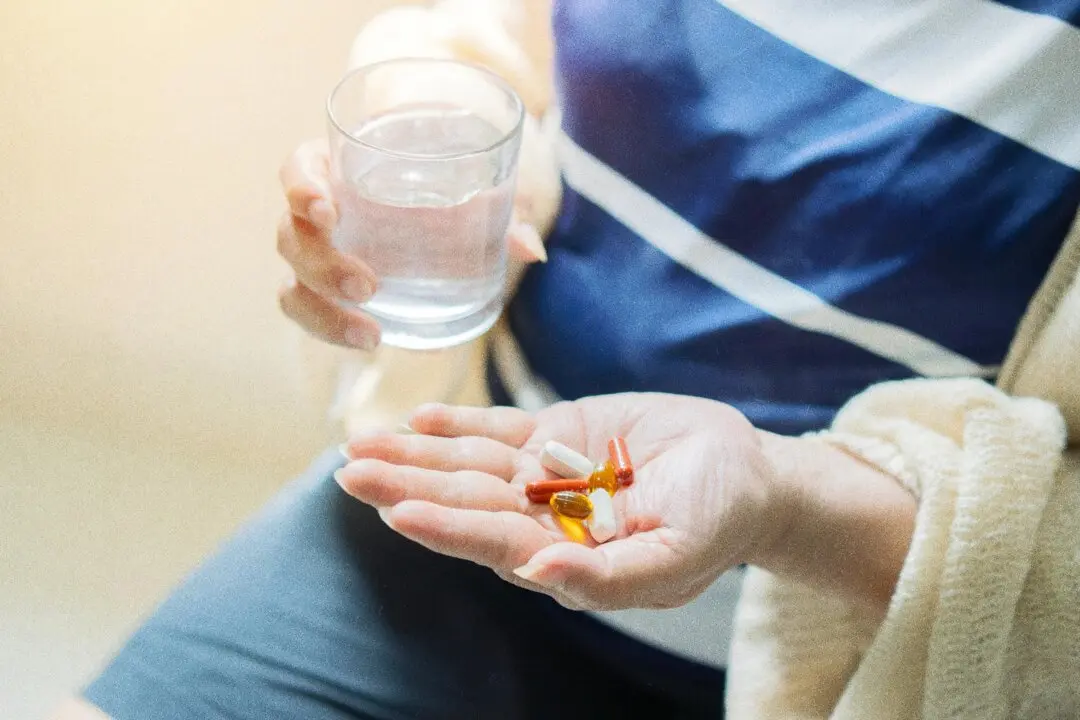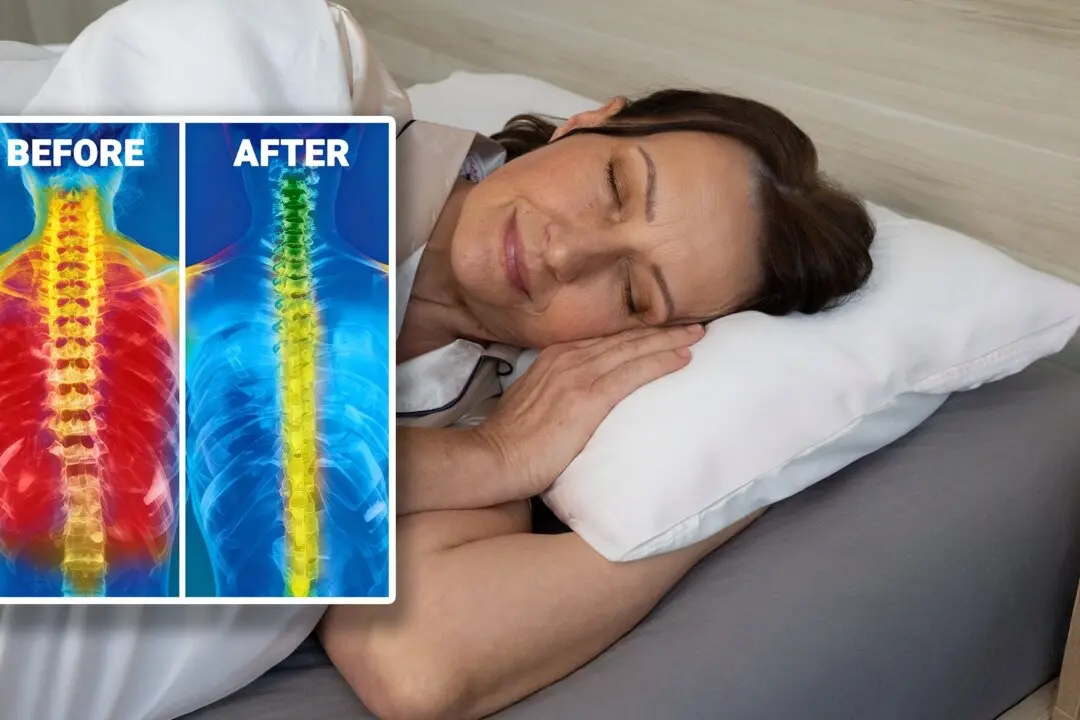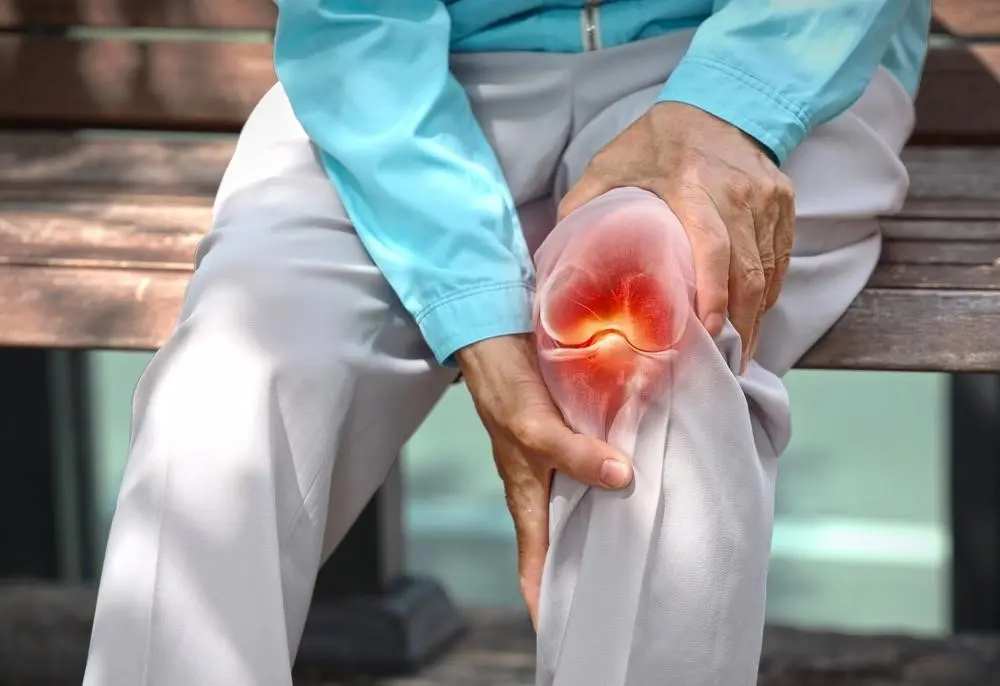NEW YORK—Some of the vein problems Dr. L. Mark Khitin treats look like wounds you'd find in a Civil War field hospital—not Manhattan in 2014. These include oozing ulcers that have been years in the making.
According to Dr. Khitin, there are two reasons he gets patients with these kinds of problems: Either they’ve been misdiagnosed by other doctors, or they’ve tried to treat the issue with alternative remedies on their own and it hasn’t worked.





